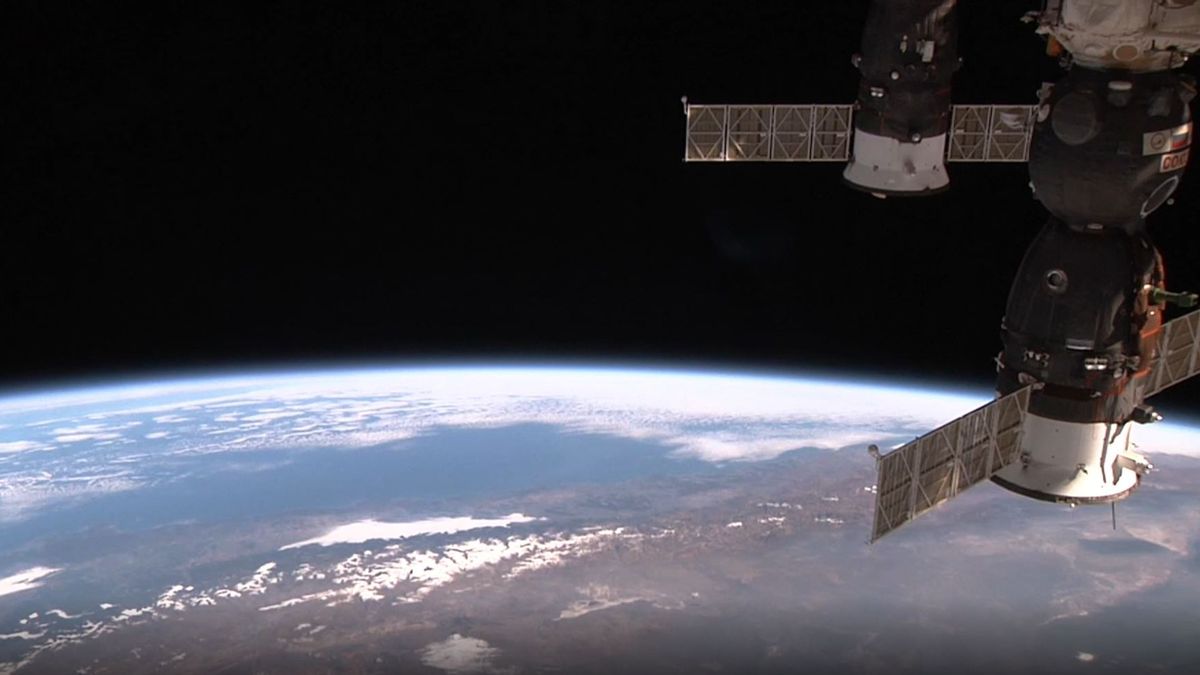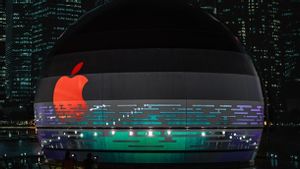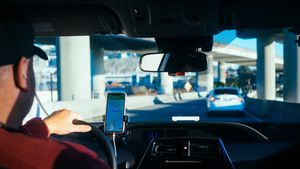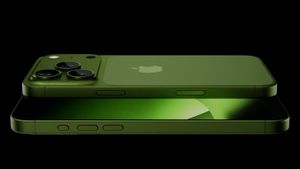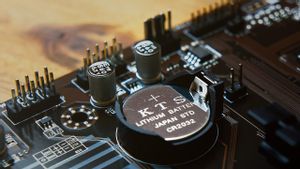JAKARTA - The International Space Station (ISS) must evade China's space junk just hours before SpaceX launches a new crew, Thursday, November 11, 9:03 western Indonesia time, to an orbiting laboratory.
According to the Russian space agency, Roscosmos, the debris was identified as coming from fragments of a Chinese satellite. The ISS, which is more than 100 meters wide, had to climb 1.2 km higher to avoid a close encounter with the Chinese space junk.
Roscosmos did not state how large the debris was, but did explain that its mission control specialists had calculated how to fix the ISS's orbit to protect it from collision.
To reach the maximum altitude of the ISS, they use the engines of the Russian Progress cargo spacecraft currently docked to the station.
"The space station team tracked a piece of debris and planned a maneuver to avoid the debris about six hours before launch," said NASA's ISS program manager, Joel Montalbano.
Roscosmos said today that maneuvers will begin at 3:15 pm EST using the flame boosters on the visiting cargo ship Progress MS-18 (nicknamed Progress 79 by NASA) for 361 seconds to avoid debris.
The object the ISS will avoid is named 35114 in NASA's space object catalog, and was also identified at 1999-025DKS, a piece of debris from China's 2007 anti-satellite weapons test.
Originally part of a Chinese weather satellite, the debris resulted from China's in-orbit missile tests. As part of the test, a kinetic-energy suborbital missile was fired at a Chinese weather satellite that had been out of service since 2002 called Fengyun-1C, obliterating it to thousands of pieces.
The destroyed satellite was originally in a much higher orbit, but atmospheric drag has pulled the debris closer to Earth over the years and eventually into the space station's flight path.
SEE ALSO:
In May, NASA tracked more than 27,000 pieces of space junk, although it said there was more debris that was too small to track, but still large enough to threaten human spaceflight as well as robotic missions.
"There are half a million pieces of rubble the size of a marble or larger (up to 0.4 inches, or 1 cm), and about 100 million pieces of debris-about 0.04 inches (or 1 mm) and larger. There's even more, debris "Micrometer-sized debris is smaller (0.000039 inches in diameter), and all of them can pose a risk. Even a small paint smudge can damage a spacecraft," NASA explained.
For information, SpaceX will launch four astronauts on the Crew-3 mission for NASA tonight at 09:03 western Indonesia time Thursday. But before they can take off, the ISS must move out of the path of China's space junk.
The English, Chinese, Japanese, Arabic, and French versions are automatically generated by the AI. So there may still be inaccuracies in translating, please always see Indonesian as our main language. (system supported by DigitalSiber.id)
